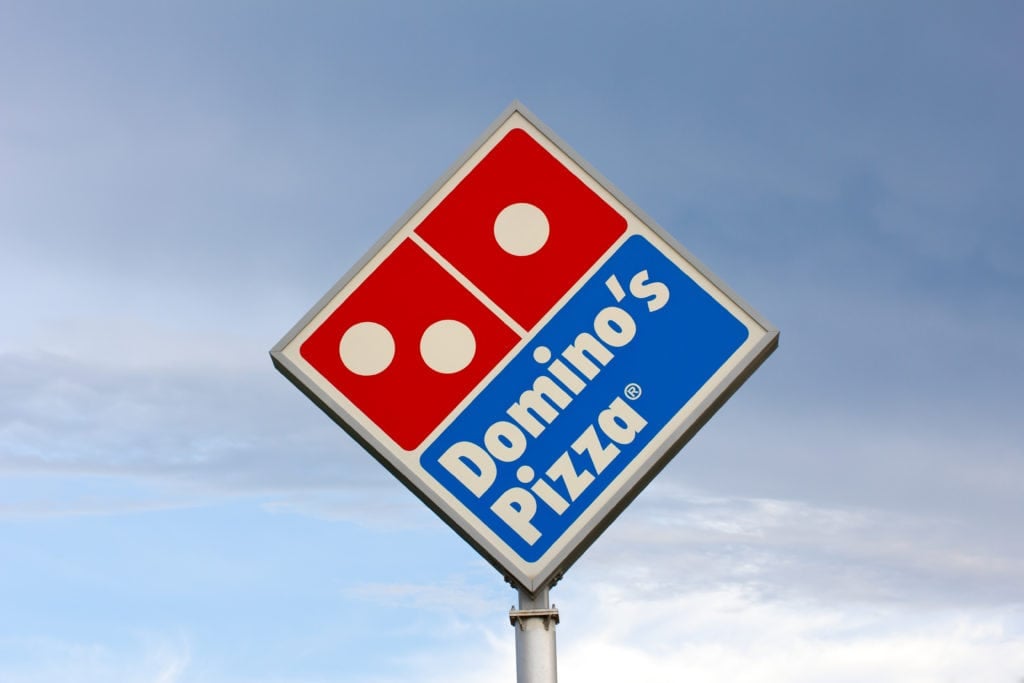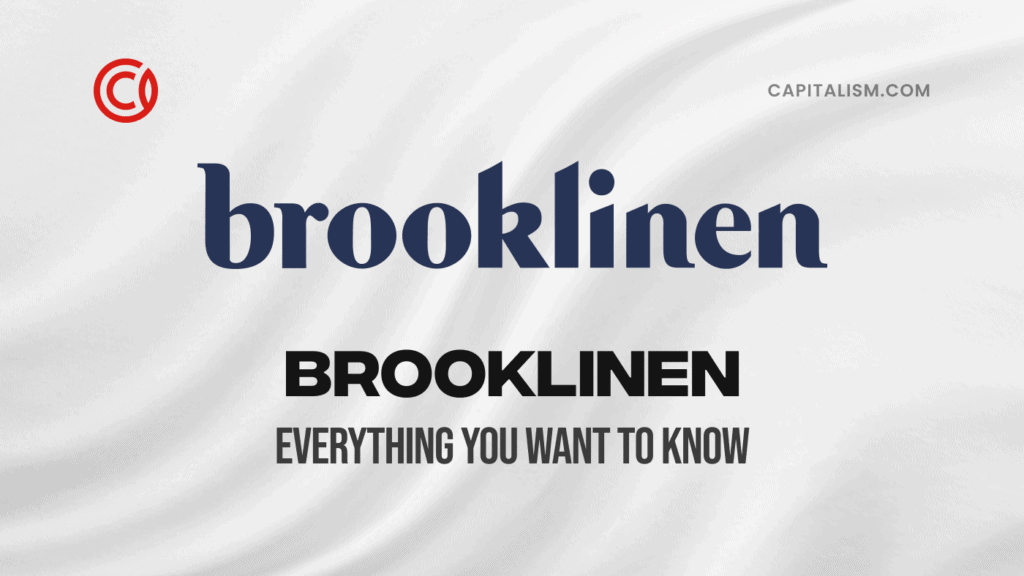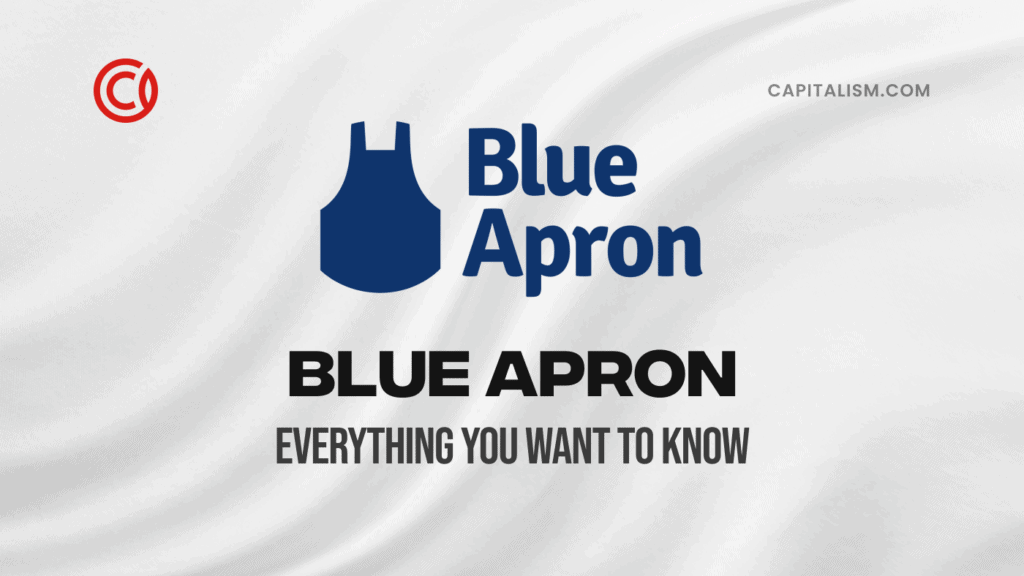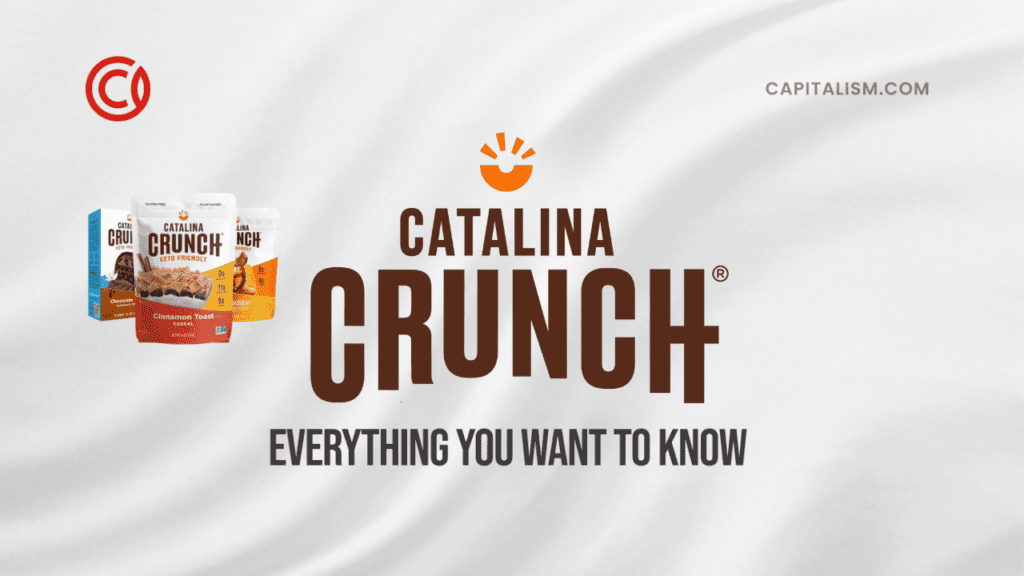The multibillion-dollar restaurant industry faces unique challenges during the coronavirus pandemic. Despite current circumstances, restaurants are adapting and overcoming these struggles. Domino's, the famous pizza franchise, is successfully pivoting during this economic downturn. Let's explore how Domino's is innovating and winning in quarantine.
Setting the Stage: The Restaurant Industry and Coronavirus
The pandemic threw a wrench in the works for businesses and individuals alike. But what do these changes mean for restaurants?
What are the rules again?
There's no definitive rulebook for how businesses can navigate during a pandemic. Still, nobody could have predicted the alarming changes in 2020.
We knew people would likely need to self-isolate. We knew stricter sanitation rules would apply.
What we did not foresee were countrywide shutdowns. Stay-at-home orders and the closing of millions of "nonessential" businesses? Nobody saw that coming.
All restaurant owners could do was wait for the government to share the next update. Often, these updates were tentative, unclear, and contradictory. Regulations varying by state and county added more frustration.
It was hard to keep up!
Could people dine inside while maintaining social distancing? Could restaurants offer dine-in with outdoor seating? If so, what rules had to be in place?
This created a lot of struggles for restaurants — small businesses, especially — within the industry.
COVID-19 is serving up budget problems.
On top of shifting guidelines, restaurateurs struggled with cash flow problems.
Restaurants closed to diners. If they weren't offering takeout or delivery, they weren't making money.
Restaurants that remained open had to account for additional expenses. Accommodating increased paid time off and sanitation equipment quickly racked up costs.
"The total impact from safety and cleaning equipment, enhanced sick pay and other compensation for our team members, and support for our franchisees and our communities was $11 million," said Stuart Levy, CFO of Domino's.
With limited revenue and added expenses, the coronavirus pandemic might have meant the end of the restaurant industry.
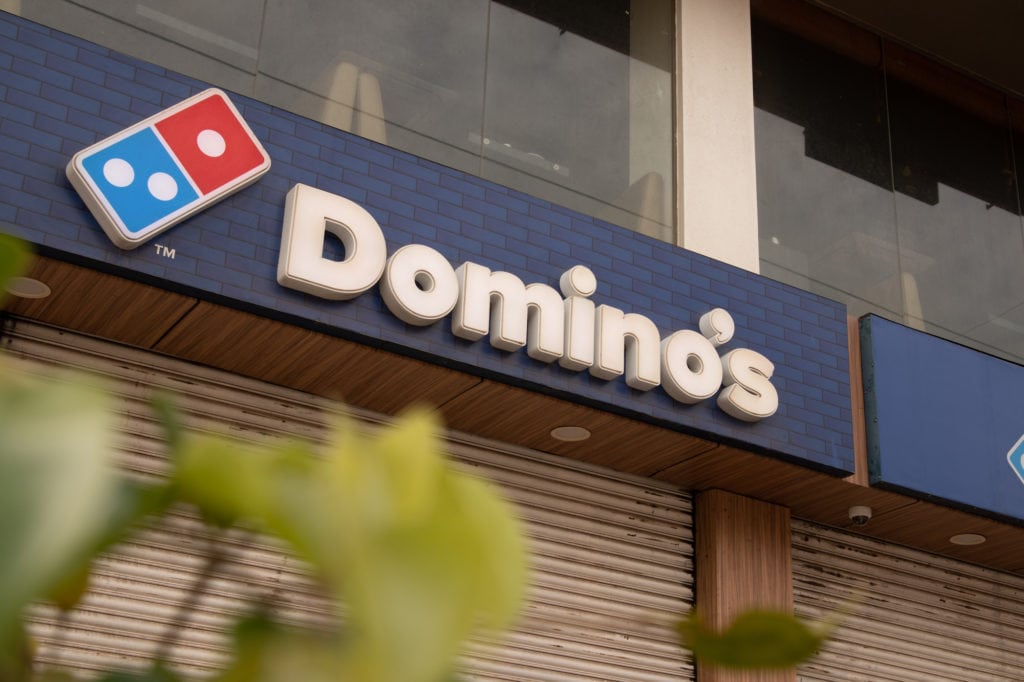
Where's all the staff?
Fired or furloughed employees started collecting unemployment checks. While this helped the jobless cover necessary expenses, it introduced a new phenomenon.
Two-thirds of jobless workers made more in unemployment than they did at work.
People wanted to protect themselves from infection. Many chose to stay home while collecting unemployment. It felt like a reasonable option at the time.
One Pizza Company That's Doing it Right
Despite all these challenges, one fast-food franchise seemed to be doing it right. Fortune analyzed Bloomberg Intelligence and data and found the following Domino's stats:
- Generated $240 million in the first half of 2020 (up 30% from last year)
- Same-store sales increased 16% in Q2 2020 from Q2 2019
- Captured 19% of total pizza sales last year in the U.S.
- Captured 36% of U.S. delivery sales
Domino's reported substantial numbers, even during a pandemic.
So, how did they do it?
How Lockdowns Led to More Pizza Takeout and Deliveries
It turns out that the new normal during the pandemic set the stage for Domino's success. Let's explore why customers craved Domino's pizza under stay-at-home orders:
Domino's makes pizza convenient.
Let's face it. Ordering pizza delivery is just convenient.
Pizza is delicious, either hot or cold. It's simple to eat. It makes little mess, and it's easy to clean up.
A 2020 Credit Suisse survey showed that 65% of consumers would most likely order pizza if available. Pizza also ranked number one for their July 2018, March 2019, and September and 2019 surveys.
Everybody loves pizza.
Pizza is comfort food. Period.
People either don't want to cook at home or don't know how.
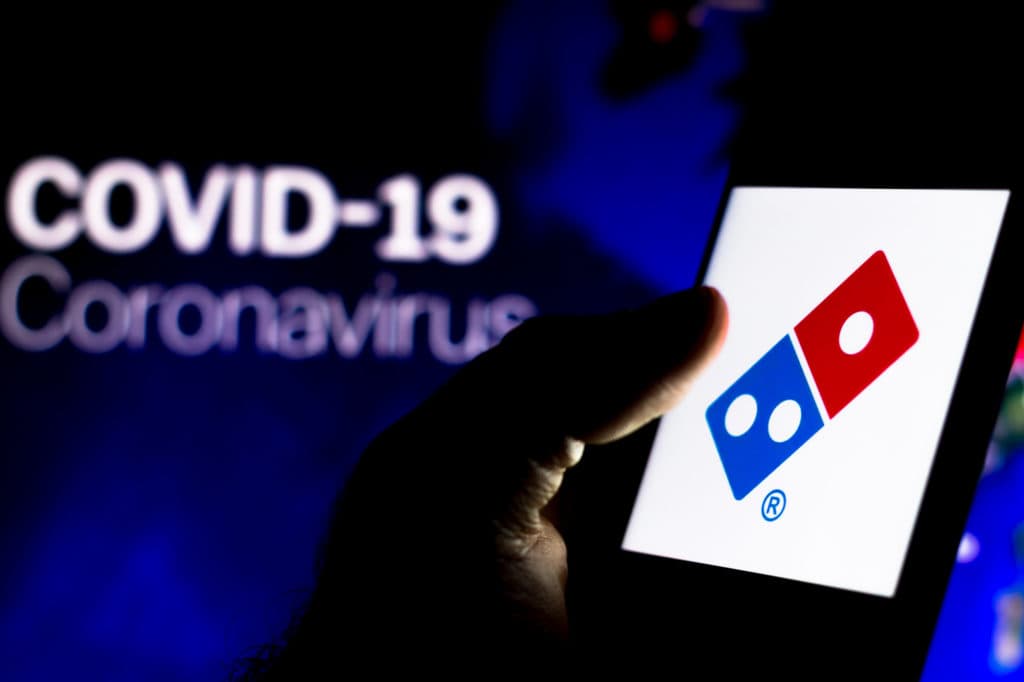
You would think that spending more time at home would lead people to cook more.
However, surveys show that people are experiencing cooking fatigue. OnePoll conducted a survey on behalf of Sun Basket that showed 53% of participants order delivery because they need a break from cooking.
Even with more time at home, some say that cooking is just too time-consuming. People would rather save time (and energy) ordering a pizza and receiving it within the hour.
Another OnePoll survey conducted on behalf of Mazola corn oil showed that people don't know how to cook. Most people's cooking repertoire ends with egg dishes — over easy, scrambled, and hard-boiled. The culinarily challenged prefer to skip the recipe research and order delivery.
You Might Chalk This Up to Lucky Coincidences. So, What Did Dominos Do to Pivot Its Way to Success?
The reasons listed above weren't enough to explain Domino's success during the pandemic. Domino's successful pivots are thanks to business decisions enacted before the coronavirus hit.
The fortressing strategy is working.
Domino's implemented its fortressing strategy in 2012, which focused on opening more locations. The company believed sites with close proximities to their customers would lead to:
- Faster delivery times
- Less time waiting in line
- More consistency in quality and wait-time
This turned out to be the right move.
"The pandemic demonstrated the importance of our fortressing strategy and having more stores closer to customers," said Nick Knight, Domino's ANZ Operations Manager, in a QSR Media interview.
More people were ordering delivery, and Domino's was the pizza company that delivered delicious pizza quickly.
Enjoy hot pizza at Domino's Hotspots.
On top of traditional delivery services, Domino's now delivers pizza to Delivery Hotspots. With nonessential businesses closed, people were frequenting the outdoors. With Domino's hot spots, you could have pizza delivered at the beach, park, stadium, and other locations.
Customers could order online and select the nearest Domino's Hotspot. They receive instructions on how to get to the Hotspot. Now, customers no longer have to wait until they get home to order pizza delivery.
It's all Domino's from the kitchen to doorstep.
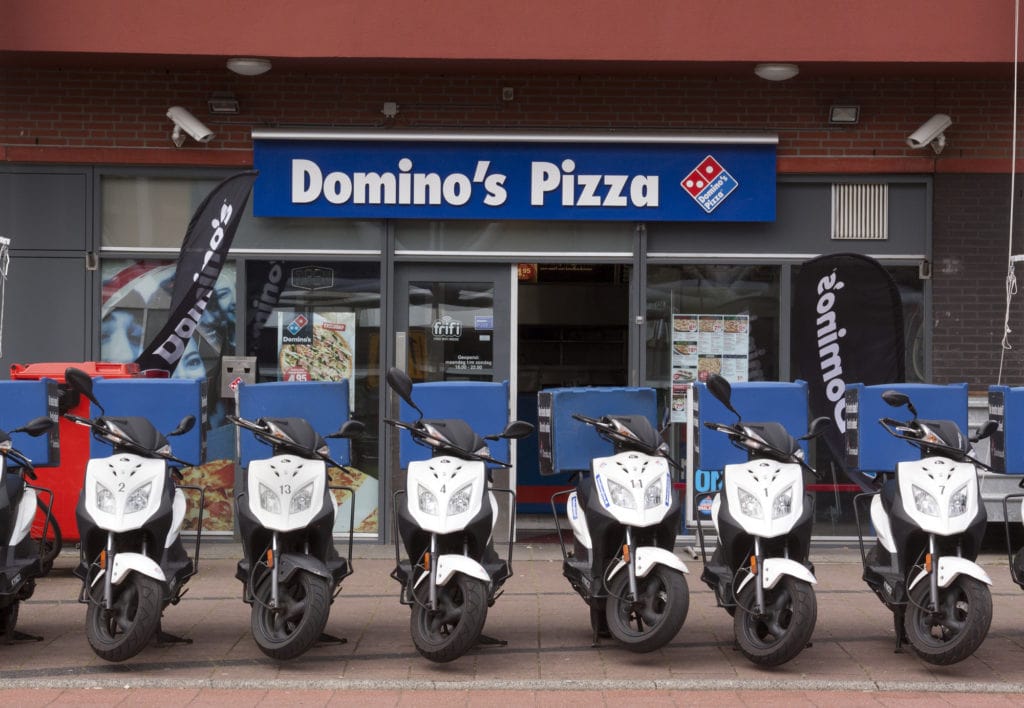
Domino's distinguishes itself by handling their pizza deliveries. This franchise does not partner with food delivery companies, like UberEats or Postmates. Instead, a Domino's employee handles all pizza deliveries.
"The efficiency of the delivery process is something we know and understand very, very well. That's not something you're ever going to see us outsource," said J. Patrick Doyle, former CEO of Domino's.
This gives Domino's full ownership of the pizza experience from making and packaging to delivering the pizza to the customers. If an order ever goes wrong, they can immediately correct it.
"The only way to bring a long-term competitive advantage is to do it yourself," Doyle added.
Domino's has its own POS system.
They don't outsource their POS systems either. Domino's Pulse, their in-house and custom point-of-sale system, lets users:
- Intake orders
- Track orders
- Dispatch orders and more
Domino's recently worked with Willow, a U.S.-based app and web development company, to make improvements. Willow's rework led to a 55% reduction in clicks to place an order. The interface also received a rework, leading to fewer order errors.
Domino's in-house technology is one reason why the quality and service is so consistent across locations.
Order Domino's pizza on any channel (clicking optional).
With Domino's Anyware, customers can order pizza from pretty much anywhere. Desktop, mobile, Slack, Facebook messenger, and even your smart television can do the job.
In fact, Domino's doesn't require any clicking if you order through your smart home device. If you have a Google smart home device, just say, "Ok, Google, talk to Domino's." With that feature, you can craft a completely new order or reorder your most recent Domino's order.
Loyalty programs boost sales.
Domino's also started highlighting their loyalty program during the pandemic. Their Points for Pies campaign is frequency-based. Customers gain more rewards based on the number of orders (not how much they spend). With deliveries increasing during the pandemic, this was an excellent time for Domino's to promote their loyalty program.
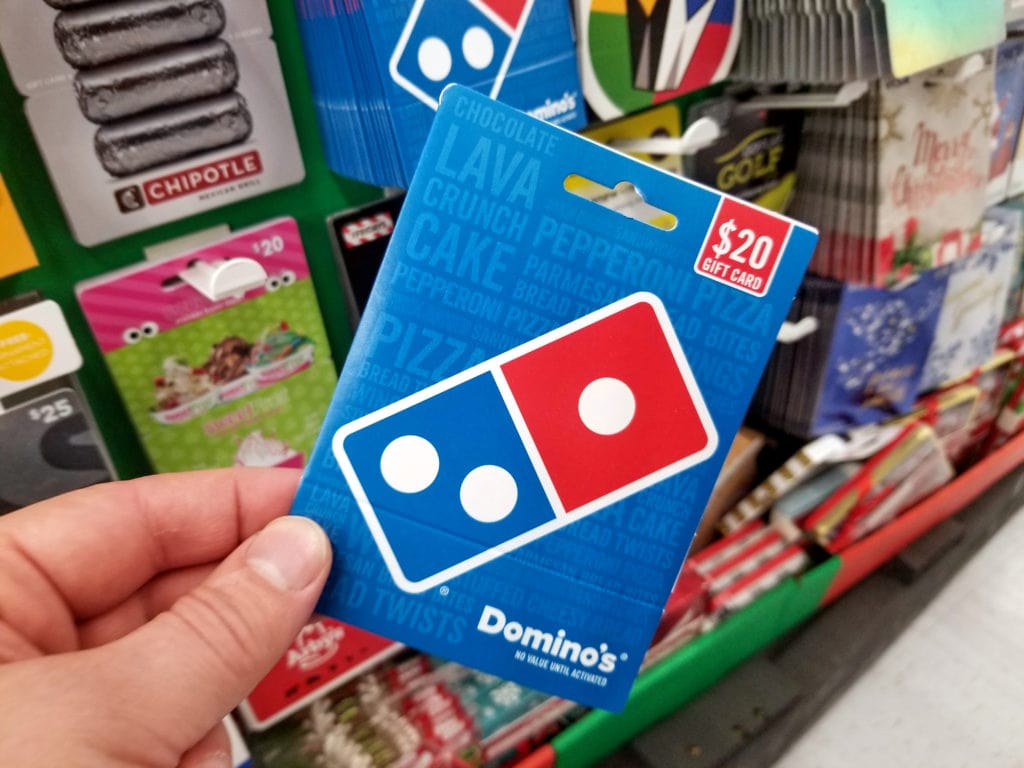
"The Points for Pies campaign (reward loyalty points for any pizza) shows the company's innovative approach to increase digital utilization, loyalty program growth, and capture competitive information," wrote Lauren Silberman, a Wall Street analyst at Credit Suisse.
Customers are eating up their new menu items.
Domino's recently added new items to their menu, including chicken taco pizzas, cheeseburger pizzas, and chicken wings. Customers have been eating them up.
"Our wings and our two new specialty pizzas have been very well received by our customers. You haven't seen us promote wings because we're selling all the wings that we can get our hands on today," Domino's CEO Richard Allison said in a Q3 2020 earning call. Expanding their menu kept Domino's refreshing. If people were getting tired of pizza, Domino's new menu additions reeled those customers back in.
They're also offering curbside pickup.
Many businesses are offering this service in response to the pandemic. Domino's is no different. In June 2020, the company announced Domino's Carside delivery. Customers can pick up their orders while reducing the risk of infection.
Dominos Proves It: Free Markets and Business Drives Growth
Other industries are still reeling from the changes. Meanwhile, Dominos is growing and overcoming this economic disaster. What can we learn from them?
Free markets create the best solutions.
If there is any other time where businesses can prove they create the best solutions (far better than our government), now is the time.
Domino's is not only surviving; the pizza company is improving. Even during an economic downturn, the pizza company's numbers have improved since last year.
Why?
Because there's a profit motive, if businesses don't adapt, they die.
When challenged, entrepreneurs innovate.
Here's what happens when businesses innovate:
- They adapt to external circumstances (industry disruptions, economic downturns)
- Shift to meet the customers' needs
- Capitalize on opportunities for improvement
Domino's did it all.
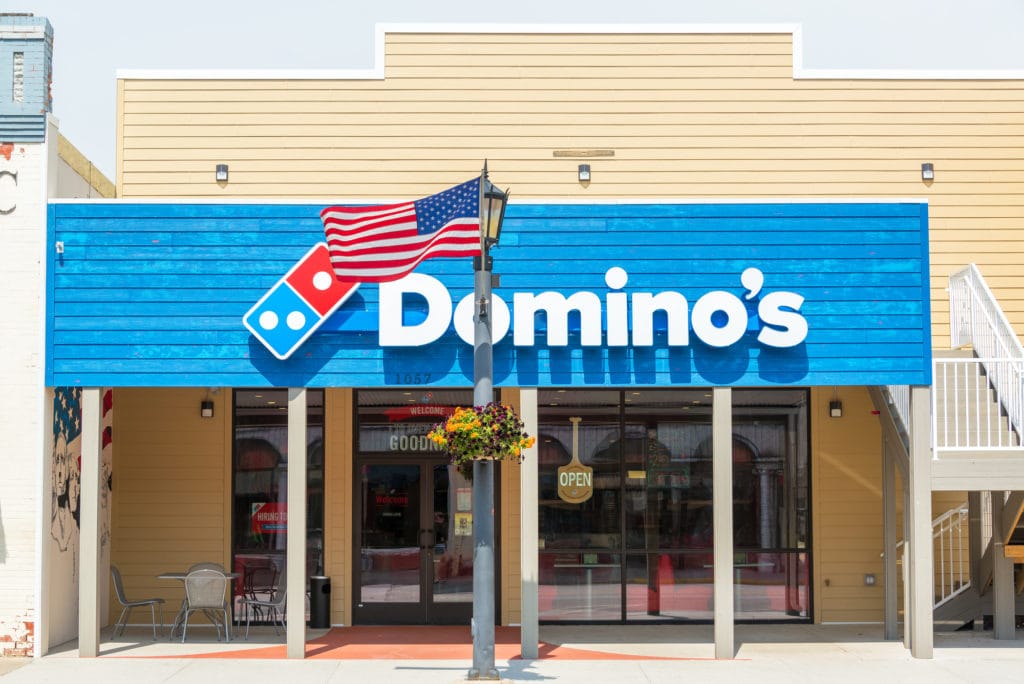
The chain adapted to the pandemic by making it easy for customers to get pizza delivered. They met the customer's need for safety by offering car side pickups. They highlighted their rewards program to capitalize on increased pizza orders.
Innovation is why Domino's is arguably outperforming their competitors. Domino's handles its pizza deliveries. It runs on its own POS system. The pizza company researches how it can improve each customer touchpoint.
Businesses are better off after pivoting.
To be fair, Domino's was doing more than pivoting. Since their fortressing strategy in 2012, the pizza company has been building its foundation. This hunkering down is what helped them prepare for current economic conditions.
"Domino's has outperformed the industry over the last decade given its strong execution, which has allowed it to gain share from smaller competitors and Pizza Hut," Silberman says. "Domino's has an industry-leading digital and delivery infrastructure, which we view as the most powerful asset it has."
The Bottom Line
We love Domino's for more than its pizza. Domino's offers proof that businesses can pivot and win in dire circumstances. This pizza company is a shining example of what entrepreneurs can achieve.
Entrepreneurs: solving problems with creative solutions… sometimes topped with cheese.
